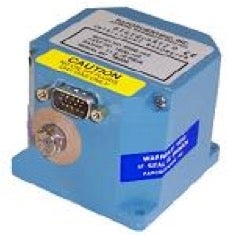nanobarometer
This sensor provides absolute pressure, required at all of ISFS's surface stations. However, with the ability to resolve fractions of microbars, this sensor can also be used to measure turbulent or wave-driven pressure fluctuations or microbaroms. Small-scale pressure gradients also can be measured, though likely will require offset adjustment since the absolute calibration is not as accurate as the resolution. A limiting factor in gradient measurements often is the absolute height of the transducer. For SCP, we attempted to do a manual survey to achieve 1cm vertical position accuracy, which was beyond the ability of GPS-based surveying.
We have been using these sensors with quad-disk pressure (QDP) ports, to reduce dynamic pressure effects. Initially, we modified All-Weather QDPs, and now we use versions of the NOAA QDPs manufactured by EOL/DFS.
ISFS now has 30 such sensors that can be used in a network.
In Dec 2014, these sensors were tested at NOAA/ETL using a dynamic pressure bellows and found to have attenuated response to fluctuations faster than about 0.2 Hz. In discussions with Paroscientific, we learned that much of this high-frequency filtering was due to their standard spiral tubing intended for dampening vibrations. The sensors that we have now use their silastic tubing modification for improved high-frequency response.
There are several operating modes, including FIR and IIR internal processing. See the Software Wiki for notes on how to configure these sensors for operation. Data are available through both RS-232 and RS-485 serial ports, both on the same D-15 connector. Power is +6 -> +16 VDC at 16mA max.
Paroscientific now recommends using -260 version with GPS timing synchronization (not needed using NIDAS), but also "specifically selected for infra-sound applications" that may be better for our use.
